Capital of Sri Lanka : Sri Jayawardenapura Kotte.
Commercial Capital : Colombo
Country Calling Code : +94
Sri Lanka Tourism Hotline : 1912
(Hotline service is only available when dialed within Sri Lanka)
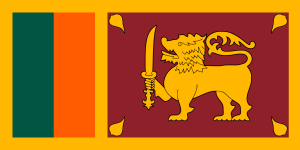
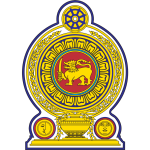
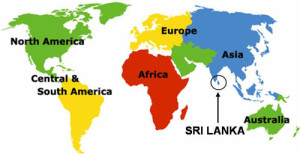
Capital of Sri Lanka : Sri Jayawardenapura Kotte.
Commercial Capital : Colombo
Country Calling Code : +94
Sri Lanka Tourism Hotline : 1912
(Hotline service is only available when dialed within Sri Lanka)
Sri Lanka Tourism Details : Sri Lanka is a teardrop-shaped island in the Indian Ocean, southeast of India. It has an area of 65,610 square kilometers (25,332 square miles), and is mostly flat or rolling plains.
However, the highest point in Sri Lanka is Pidurutalagala, at an impressive 2,524 meters (8,281 feet) in altitude. The lowest point is sea level. Sri Lanka sits at the middle of a tectonic plate, so it does not experience volcanic activity or earthquakes.
However, it was heavily impacted by the 2004 Indian Ocean Tsunami, which killed more than 31,000 people in this mostly low-lying island nation.
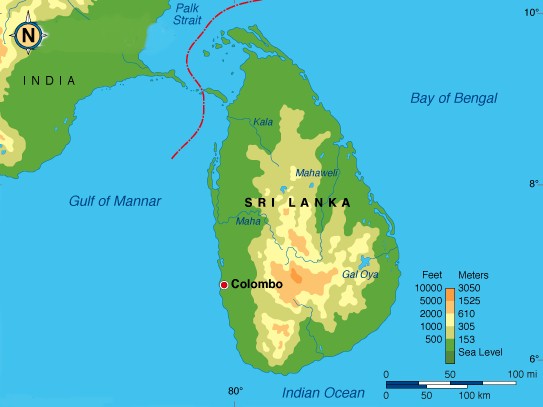

Sri Lanka has a maritime tropical climate, meaning that it is warm and humid throughout the year. Average temperatures ranges from 16°C (60.8°F) in the central highlands to 32°C (89.6°F) along the northeast coast.
High temperatures in Trincomalee, in the northeast, can top 38°C (100°F). The entire island generally has humidity levels between 60 and 90% year-round, with the higher levels during the two long monsoonal rainy seasons (May to October and December to March)
This is one of the good reason Sri Lanka Tourism
The official language of Sri Lanka is Sinhala. Both Sinhala and Tamil are considered national languages; only about 18% of the population speaks Tamil as a mother tongue, however. Other minority languages are spoken by about 8% of Sri Lankans.
In addition, English is a common language of trade, and approximately 10% of the population are conversant in English as a foreign language.
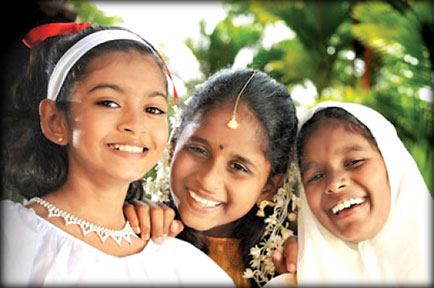
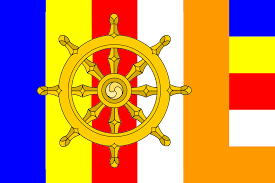
Sri Lanka is a Buddhist Country. Almost 69% of the population are Theravada Buddhists(mainly the ethnic Sinhalese), while most Tamils are Hindu, representing 15% of Sri Lankan.
Another 8% are Muslims, particularly the Malay and Moor communities, belonging primarily to the Shafi’i school within Sunni Islam. Finally, about 7% of Sri Lankans are Christians; of those, 88% are Catholic and 12% are Protestant.
Sri Lanka’s total population is approximately 20.2 million as of the 2012 Nearly three-quarters, 74.9%, are ethnic Sinhalese. Sri Lankan Tamils, whose ancestors came to the island from southern India centuries ago, make up about 11% of the population, while more recent Indian Tamil immigrants, brought in as agricultural labor by the British colonial government, represent 5%.
Another 9% of Sri Lankans are the Malays and Moors, descendants of Arab and Southeast Asian traders who plied the Indian Ocean monsoon winds for more than a thousand years.
There are also tiny numbers of Dutch and British settlers, and aboriginal Veddahs, whose ancestors arrived at least 18,000 years ago.o.
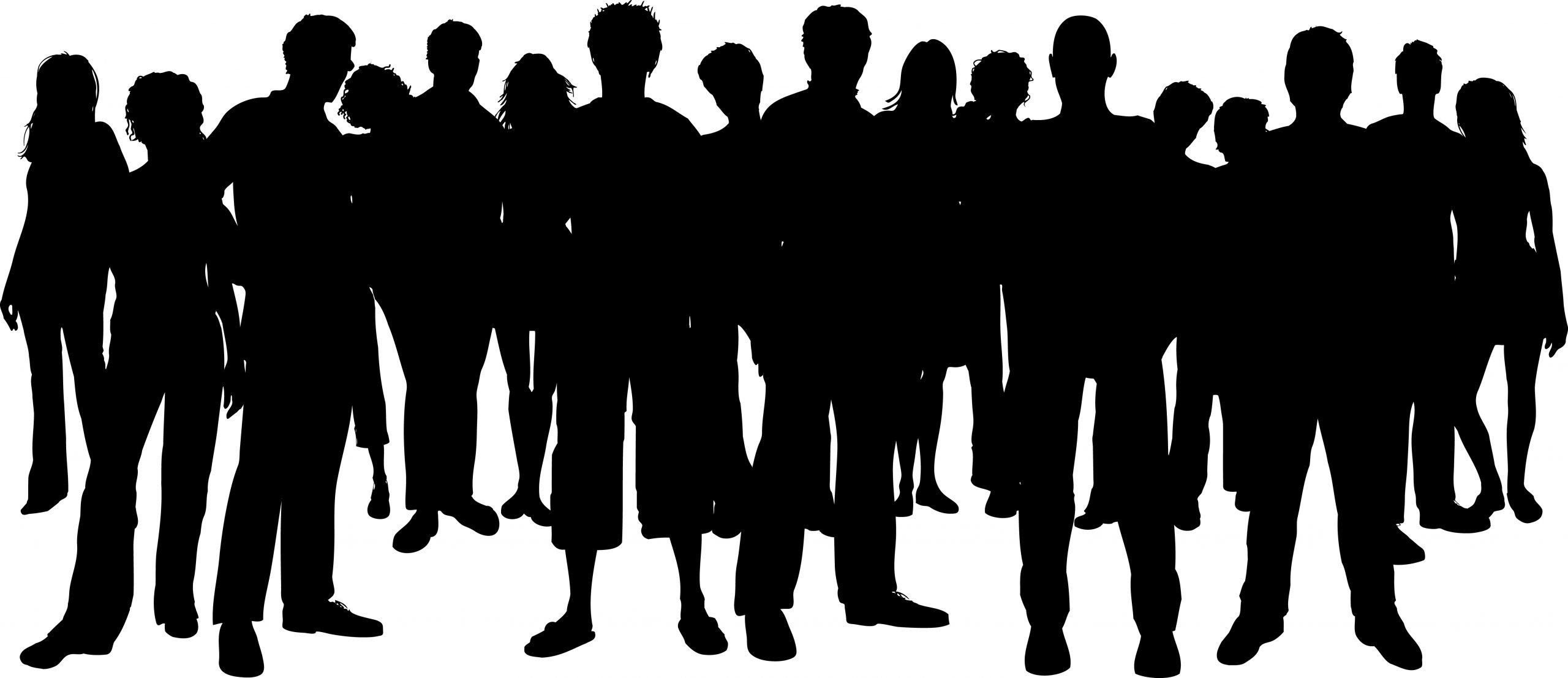
The Sri Lanka Tourism Development Authority (SLTDA) was formed as the apex body for Sri Lanka Tourism under Section 2 of the Tourism Act (No. 38 of 2005). The organization (Formerly known as “Ceylon Tourist Board / Sri Lanka Tourist Board / Sri Lanka Tourism Board “) is committed towards transforming Sri Lanka to be Asia’s foremost tourism destination. The SLTDA will strive to develop diverse, unique and quality tourism services and products that would make Sri Lanka as a unique destination, globally.
The SLTDA creatively uses its products, while ensuring optimization of resources to efficiently and effectively serve the industry. Some of its activities include identifying and developing tourist specific, unique products and services, formulating and implementing Tourism Development Guidelines, and facilitating and implementing the legal and administrative process for new product and service development.
Sri Lanka has one of the strongest economies in South Asia, with a GDP of $59 billion US (2011 estimate), a per capita GDP of $2830, and an 8% annual growth rate. It receives substantial remittances from Sri Lankan overseas workers, mostly in the Middle East; in 2010, Sri Lankans abroad sent home $4.11 billion US.
Major industries in Sri Lanka include tourism; rubber, tea, coconut and tobacco plantations; telecommunications, banking and other services; and textile manufacturing. The unemployment rate and percentage of the population living in poverty are both an enviable 4.3%.
The island’s currency is called the Sri Lankan rupee. As of December, 2015, the exchange rate was $1 US = 145.00 LKR.
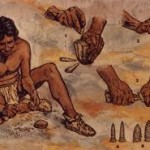

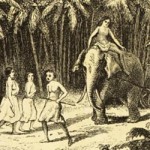
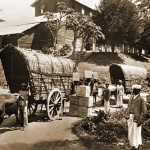
The island of Sri Lanka appears to have been inhabited since at least 34,000 years before the present. Archaeological evidence suggests that agriculture began as early as 15,000 BCE, perhaps reaching the island along with the ancestors of the Yaksha, Naga, Dewa and Raksha tribes.
Indu Aryans immigrants from northern India likely reached Sri Lanka around the 6th century BCE. They may have established one of the earliest great trade emporiums on earth; Sri Lankan cinnamon appears in Egyptian tombs from 1,500 BCE. By about 250 BCE, Buddhism had reached Sri Lanka, brought by Mahinda, the son of Asoka the Great of the Mauryan Empire.
The Sinhalese remained Buddhist even after most mainland Indians had converted to Hinduism. Classical Sinhalese civilization relied on complicated irrigation systems for intensive agriculture; it grew and prospered from 200 BCE to about 1200 CE.Trade flourished between China, Southeast Asia, and Arabia by the first few centuries of the common era.
Sri Lanka was a key stopping point on the southern, or sea-bound, branch of the Silk Road. Ships stopped there not only to restock on food, water and fuel, but also to buy cinnamon and other spices. The ancient Romans called Sri Lanka “Taprobane,” while Arab sailors knew it as “Serendip.”In 1212, ethnic Tamil invaders from the Chola Kingdom in southern India drove the Sinhalese south. The Tamils brought Hinduism with them.
In 1505, a new kind of invader appeared on Sri Lanka’s shores. Portuguese traders wanted to control the sea-lanes between the spice islands of southern Asia; they also brought missionaries, who converted a small number of Sri Lankan’s to Catholicism.
The Dutch, who expelled the Portuguese in 1658, left an even stronger mark on the island. The legal system of the Netherlands forms the basis for much of modern Sri Lankan law.In 1815, a final European power appeared to take control of Sri Lanka.
The British, already holding the mainland of India under their colonial sway, created the Crown Colony of Ceylon. UK troops defeated the last native Sri Lankan ruler, the King of Kandy, and began to govern Ceylon as an agricultural colony that grew rubber, tea, and coconuts.After more than a century of colonial rule, in 1931, the British granted Ceylon limited autonomy.
During World War II, however, Britain used Sri Lanka as a forward post against the Japanese in Asia, much to the irritation of Sri Lankan nationalists. The island nation became fully independent on February 4, 1948, several months after the Partition of India and the creation of independent India and Pakistan in 1947.In 1971, tensions between the Sinhalese and Tamil citizens of Sri Lanka bubbled over into armed conflict. Despite attempts at a political solution, the country erupted into the Sri Lankan Civil War in July of 1983; the war would continue until 2009, when government troops defeated the last of the Tamil Tiger.